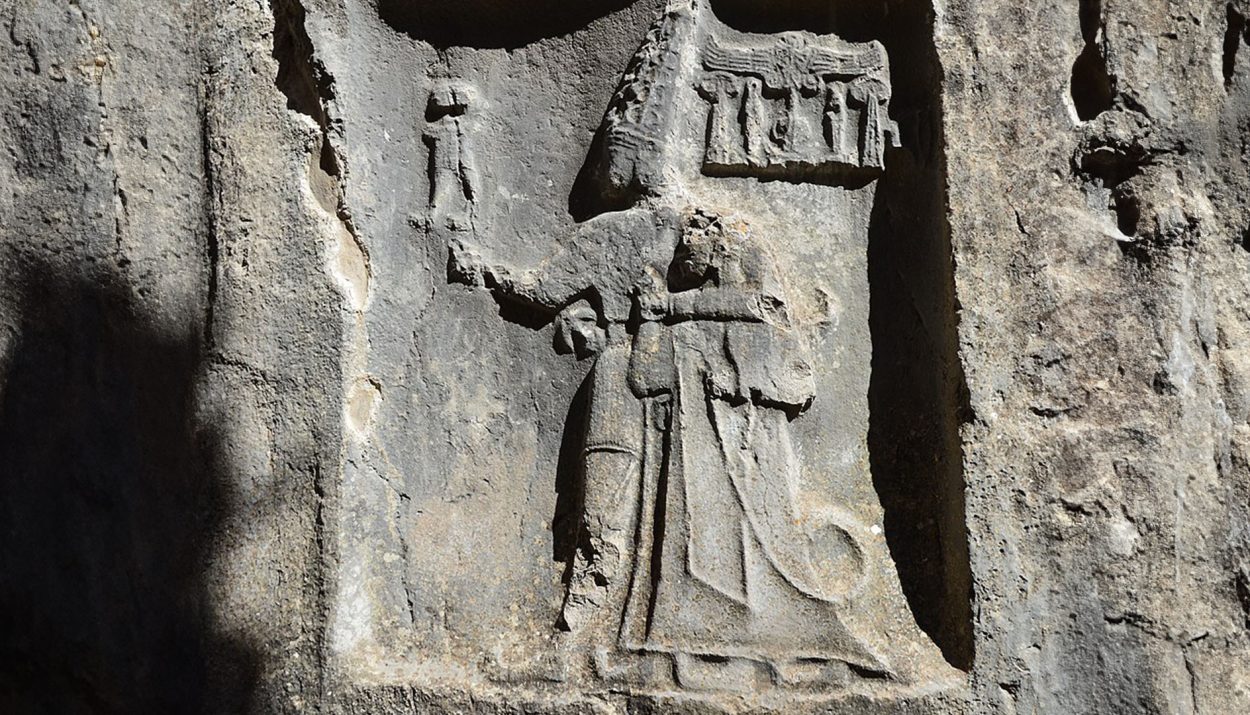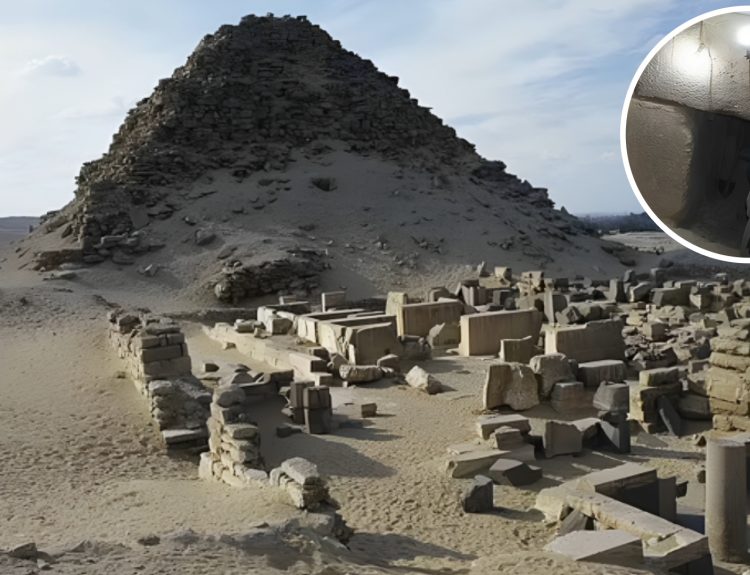When it comes to great and powerful empires of ancient times, the Romans, Greeks, and Egyptians take center stage. Turkey, however, has a long and fascinating history. This region was also the home of some of the world’s oldest empires.
One such empire was the Hittites, a powerhouse of the Bronze Age world and one of the most influential empires of the Near East. Today, the former capital city of the Hittite Empire, Hattusa, welcomes tourists who are eager to learn about this ancient culture and marvel at their advancements. If you are a history buff, you will want to add Hattusa to your travel bucket list.
The Hittite Empire
One of the most powerful empires of the ancient world, the Hittite Empire was based in Anatolia, a region we now know as Turkey. This Bronze Age culture dominated the area from the 17th to the 12th centuries BC. During that time, they expanded their territory to also include the northern portions of Syria and Mesopotamia.

The great empire of the Hittites began to crumble in the late 12th century BC due to internal conflict. Their eventual downfall came, however, at the hands of the Sea Peoples, a hypothesized confederation of seagoing warriors that attacked settlements along the Mediterranean coast. The city of Hattusa was sacked and burned to the ground in 1180 BC.
A Once-Progressive Society
The Hittites had an advanced and progressive society. The Hittites’ form of government was the earliest known example of a constitutional monarchy. The empire was ruled by a king and the crown passed to his heir apparent. The Hittite Laws, a set of legal codes, shows the level of complexity of their government and legal system.

The Hittites had a formidable military. They used iron weapons in battle, but their most notable military achievement was their extensive use of chariots. They redesigned the Roman and Egyptian chariots to make them lighter and more maneuverable, giving them an edge in military conflicts.
One of the Biggest Cities in the Ancient World
The Hittite capital of Hattusa was one of the ancient world’s largest and more influential cities. The Hittite Empire had another capital early in its existence but made Hattusa its capital early around 1900 BC.
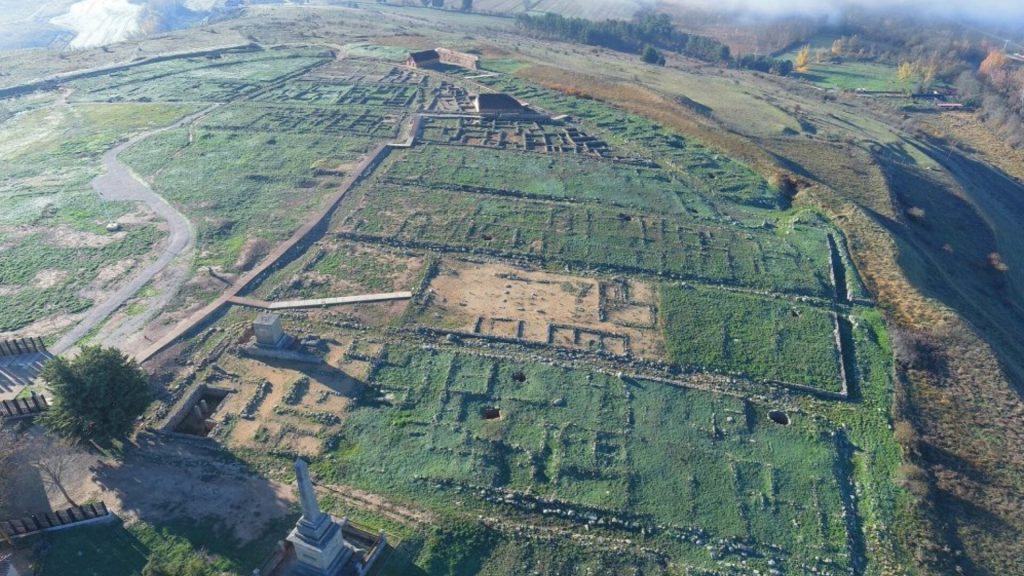
At its peak, it is believed that between 40,000 and 50,000 people lived in Hattusa. The city remained the capital of the Hittite Empire until its collapse in the 12th century.
Scholars Once Thought the Hittite Empire Was a Myth
Although there are references to the Hittite Empire in the Bible, as well as other ancient documents, there was no archaeological evidence to support the textual evidence. Therefore, scholars had long believed that the Hittite Empire was nothing more than a story or a myth.
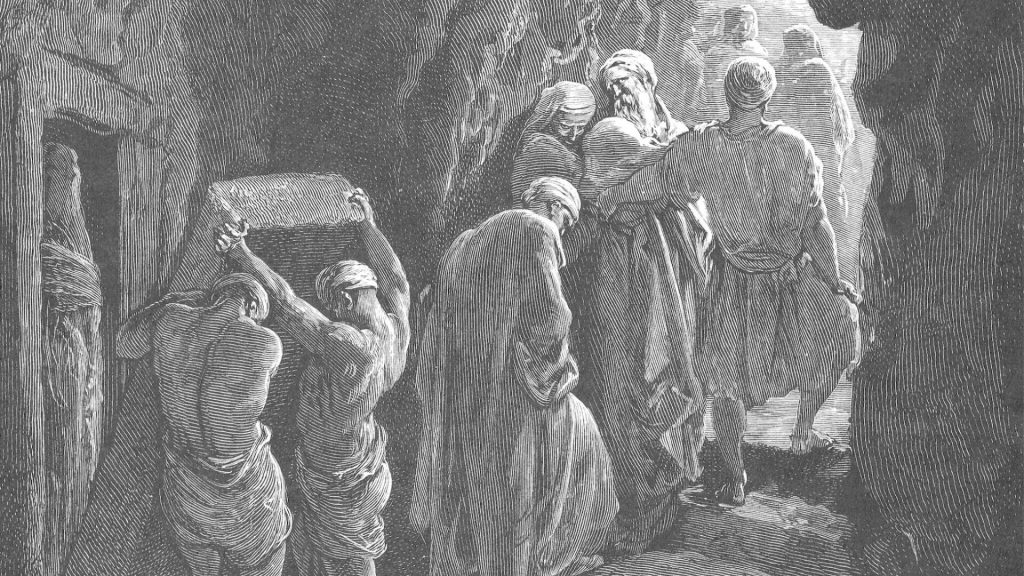
In truth, the Assyrians and Babylonians, who had been wanting to seize parts of the Hittite Empire, took over the Hittite territory after their downfall. They all but erased the Hittite footprint from the face of the earth.
Rediscovering Hattusa and the Hittites
In 1834, French archaeologist Felix Marie Charles Texier discovered ancient ruins near Bogazkoy, Turkey. Following this discovery, several other European archaeologists visited the site, including another Frenchman, Georges Perrot. Perrot was the first scholar to propose that the ancient ruins and the town of Bogazkoy were the remains of the Hittite capital, Hattusa.
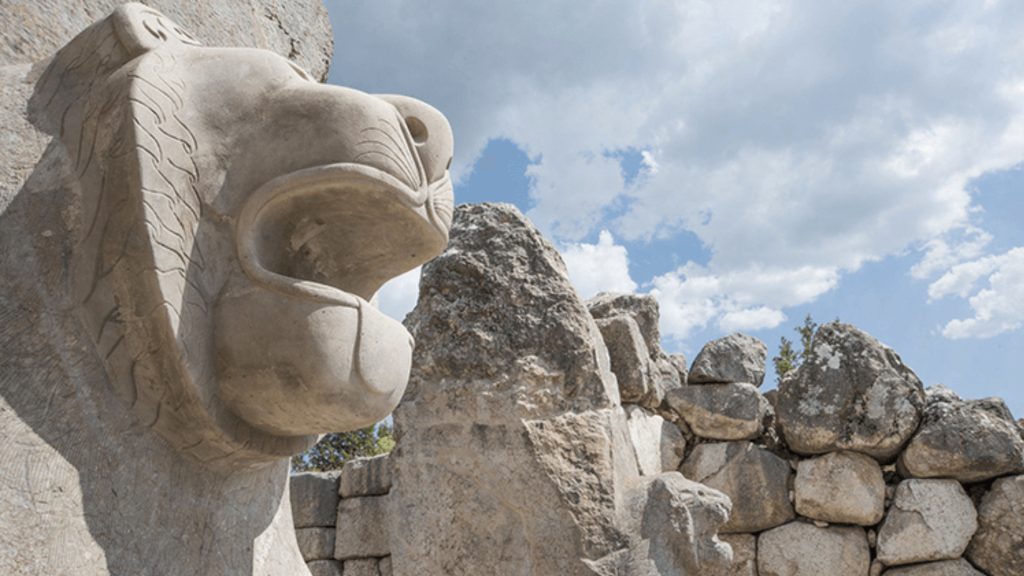
Subsequent archeological digs at the ruins and in Bogazkoy yielded a number of clay tablets with strange writing on them. In 1905, German archaeologist Hugo Winckler discovered even more of these tablets, along with a few tablets written in Akkadian text. Those tablets confirmed that the site was, indeed, Hattusa.
Deciphering the Hittite Written Language
To date, more than 30,000 clay tablets have been unearthed at Hattusa. The cuneiform writing of the Hittite people has been deciphered, allowing scholars to read what was written on the tablets. What they learned shed light on the Hittite Empire.
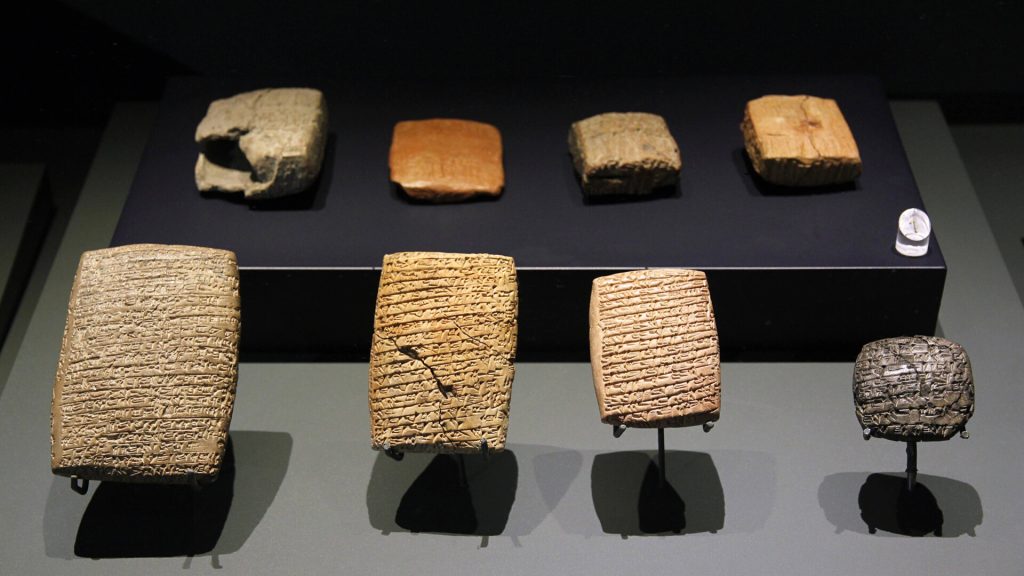
The Bogazkoy Archive is a collection of clay tablets that made up the royal archives of Hattusa. They are considered one of the most significant finds at the site. Many of the tablets record mundane information, like tax receipts. Others, however, are much more interesting.
Messages on Clay
From the clay tablets, scholars and historians have been able to piece together the complex and highly evolved legal code of the Hittites. Hittite literary works were also discovered, as well as peace treaties, government correspondences, and even prophecies and predictions.
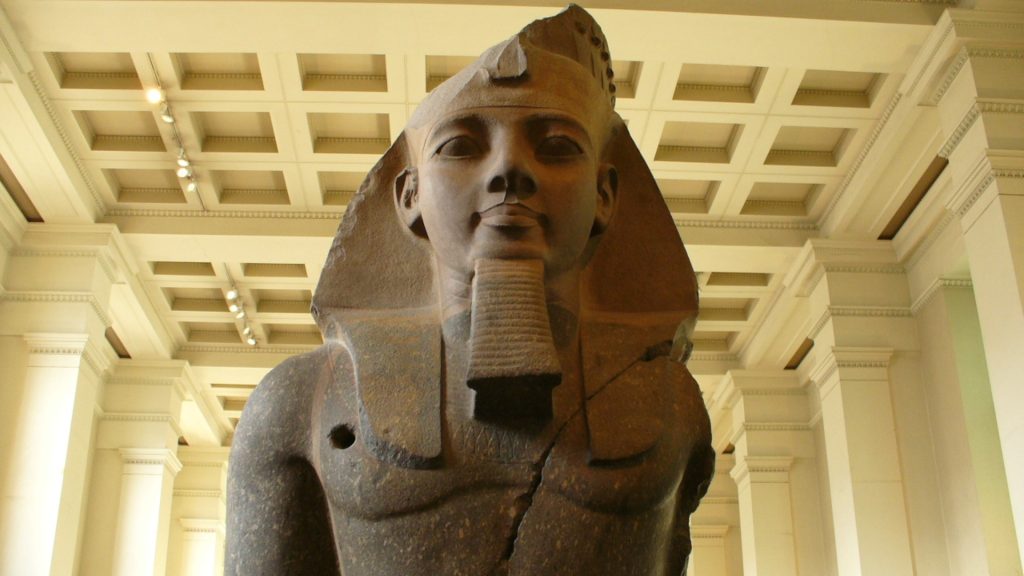
Historic events were also recorded. On one of the tablets, an account of the Battle of Kadesh is written. This battle, which occurred in either 1259 or 1258 AD, was fought between the Hittites and the Egyptian army, under Rameses II, the pharaoh who built the enormous Abu Simbel Temples.
An Ancient Wall
Most of the houses of Hattusa were constructed from wood and mud bricks, therefore they did not withstand the test of time. However, one impressive Hittite structure did. It was a massive stone wall that surrounded the city.

This defensive wall is more than five miles in length. They divided Hattusa into districts. According to archaeologists, the outer fortification wall originally had more than a hundred lookout towers and five gateway access points. At least three of these gateways were ornately decorated.
Life Within the Gates
The walls around Hattusa kept the royal palace safe from invaders. The three beautifully decorated gates welcomed guests and dignitaries in style.
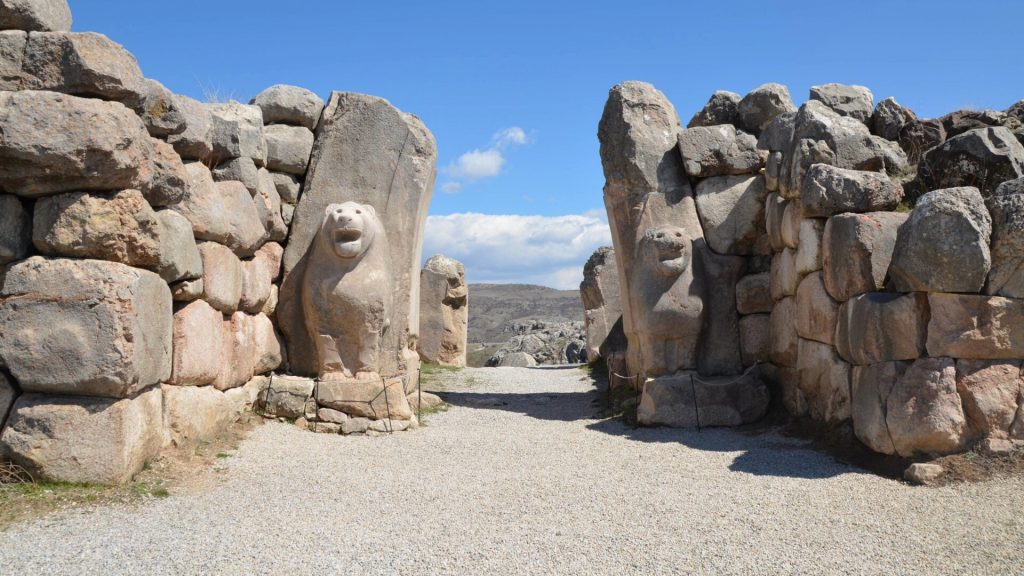
The Royal Gate, also called the King’s Gate, was richly adorned. The Lion’s Gate is, today, one of the most visited spots in Hattusa. The Sphinx Gate, which was found in 1917, featured a pair of sphinxes that were restored in Germany before being sent to the Istanbul Archaeology Museum.
A World Heritage Site
In 1986, the ruins of Hattusa were declared a UNESCO World Heritage Site. The archaeological work being done at the location is uncovering and preserving the fortifications, royal residences, and the ancient temples of the Hittite people.
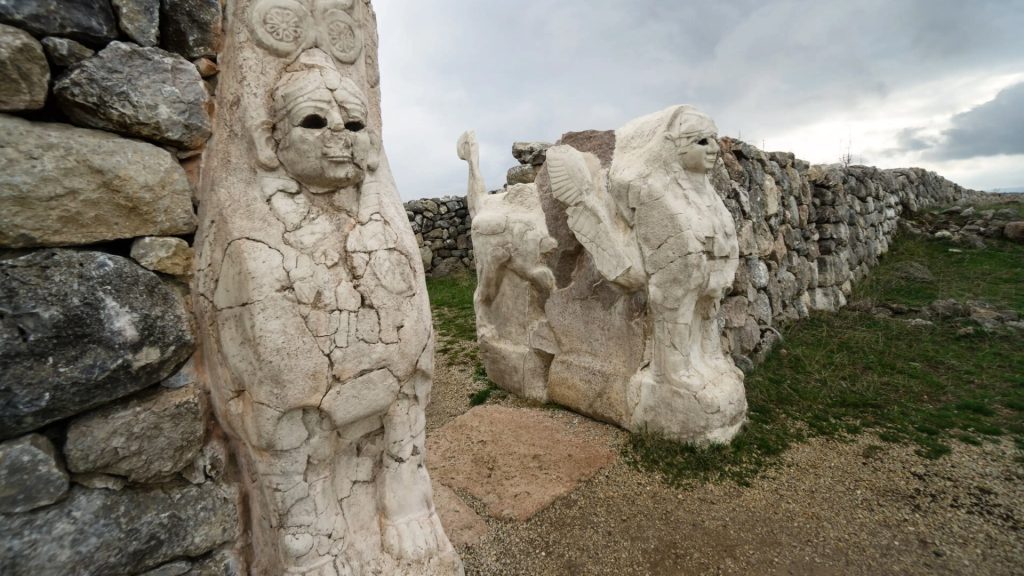
Ongoing archaeological work is still taking place at Hattusa. With each new discovery, researchers and historians learn more about the once-powerful Hittite people and the great empire they built so long ago.
More Hittite Sites to Be Explored
Hattusa isn’t the only Hittite site to have been found. There are several other places where Hittite ruins have been discovered that also provide a wealth of knowledge about this ancient culture.

Four places in particular – Yazilikaya, Alacahoyuk, Kultepe, and Sapinuwa – are fascinating places where the story of the Hittite people comes to life.
Yazilikaya
Thought to be a Hittite ceremonial center, Yazilikaya is located less than a mile to the northeast of the city of Hattusa. Here, visitors can see some of the best examples of Hittite relief art to be discovered. Images of gods and goddesses can be seen, as well as a depiction of the Great King Tudhaliya IV.

The rocks of Yazilikaya have been carved and chiseled to create small chambers where rituals and ceremonies took place.
Alacahoyuk
Alacahoyuk was the first capital of the Hittite Empire. It started out as a Hattian city that flourished during the Bronze Age. It was then taken by the Hittites who used it as their first capital city.

Hattusa later replaced Alacahoyuk as the capital city. Although Alacahoyuk is in ruins today, it still attracts visitors who come to marvel at the once-impressive city.
Kultepe
Kultepe is also known as Nesa. It is located not far from Cappadocia in central Turkey. Kultepe was a center for trade. Copper, gold, and silver were traded there.
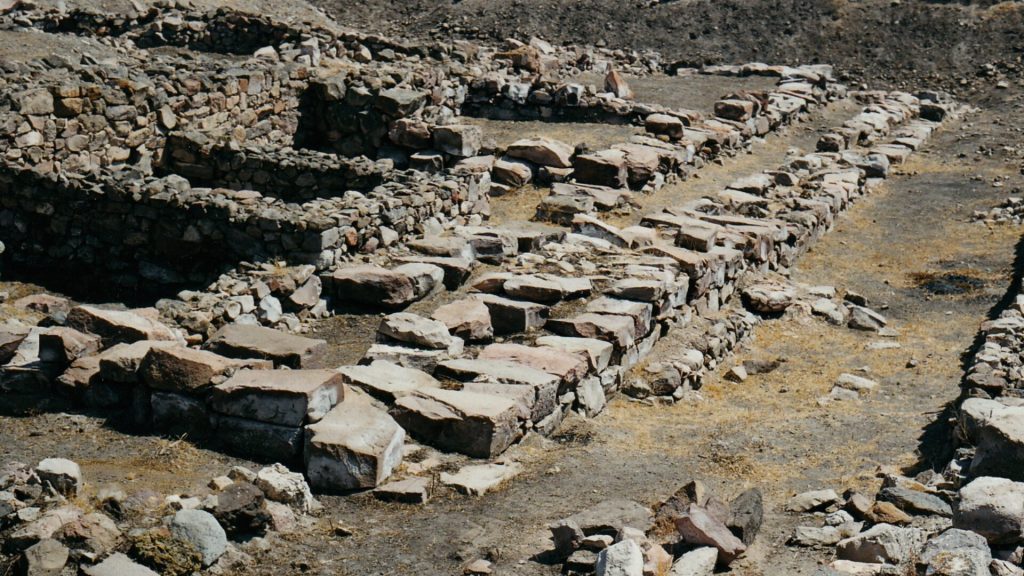
For a brief time, Kultepe also served as the Hittite capital. After the fall of the Hittite Empire, Kultepe was taken over by the Assyrians.
Sapinuwa
One of the most important Hittite centers for religious worship and a military headquarters, Sapinuwa was positioned along ancient trade routes. This ancient Hittite site was identified in 1989.
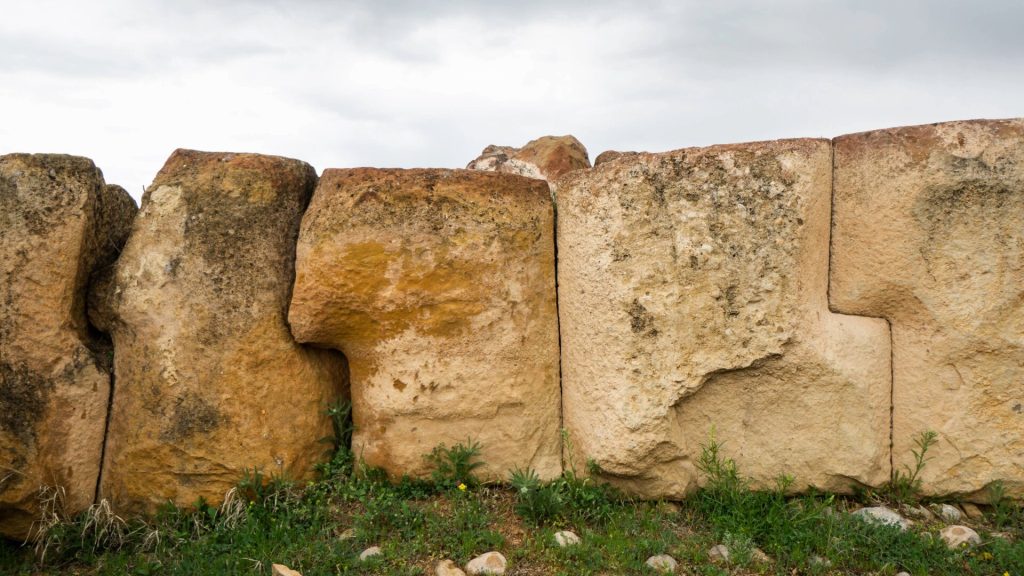
Since then, more than 4,000 clay tablets have been discovered in Sapinuwa. Information gleaned from the tablets tells us that several Hittite kings had palaces in Sapinuwa. Like the other Hittite sites, Sapinuwa is open for tourism.
Visiting Hattusa
Turkey is known for its rich history and numerous archaeological sites. Hattusa is one of the oldest ones in the country. Visitors are welcomed to visit Hattusa, as well as other Hittite cities in the region.
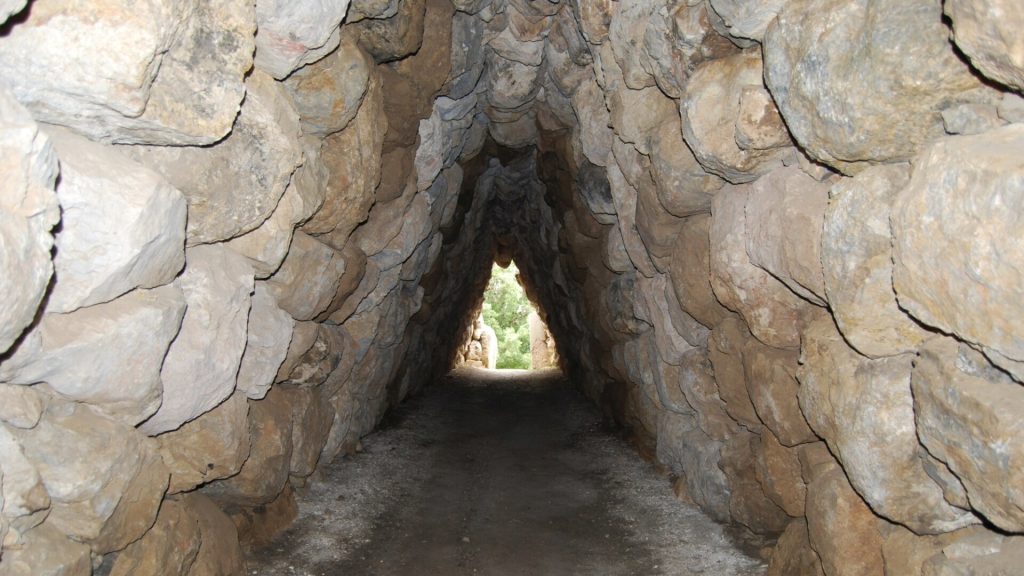
Visitors will find the best-preserved temples – including the 13th-century BC Grand Temple – in the Lower City. Hattusa is open daily from 8:30 a.m. to 7 p.m. with entry closing at 6:30 p.m. There is a nominal entrance fee.

